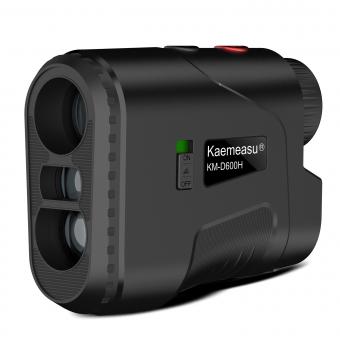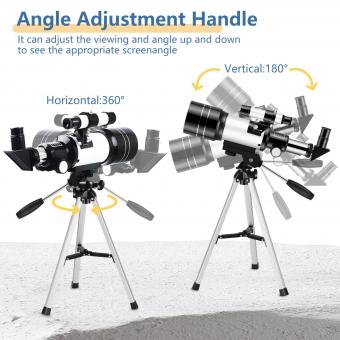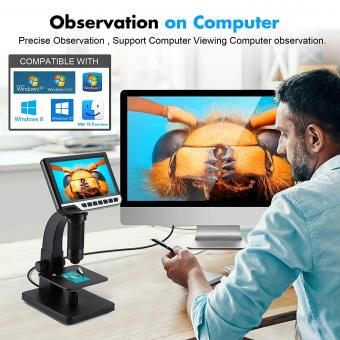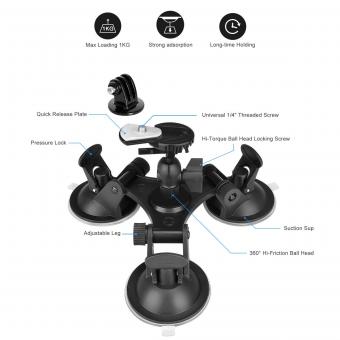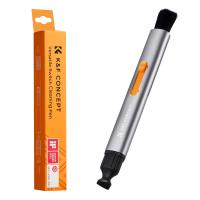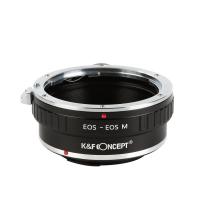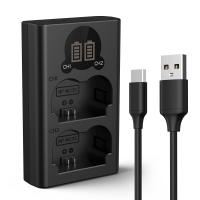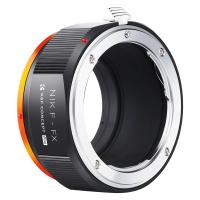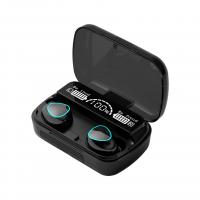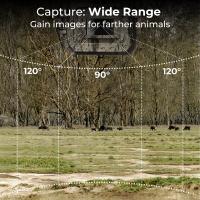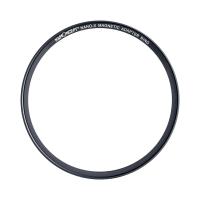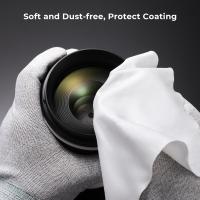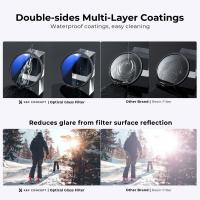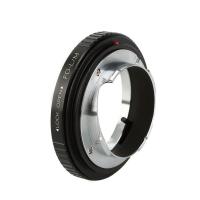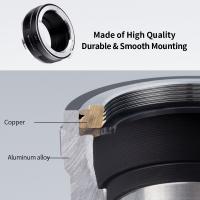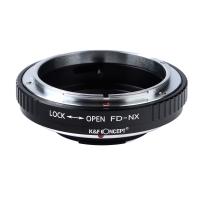How To Use Your Scope As A Rangefinder ?
To use your scope as a rangefinder, you can follow these steps:
1. Set up your scope: Mount your scope securely on your firearm and ensure it is properly aligned and zeroed.
2. Determine the size of your target: Estimate the size of the target you want to range. This could be the height or width of an object or an animal.
3. Use the reticle: Look through your scope and align the reticle with the target. Pay attention to the markings on the reticle.
4. Estimate the range: Based on the known size of the target and the reticle markings, estimate the range to the target. Some scopes may have specific markings or features designed for rangefinding.
5. Practice and refine: With experience, you can improve your ability to estimate range using your scope. Practice in different conditions and distances to become more accurate.
Remember, using a scope as a rangefinder is not as precise as using a dedicated rangefinder device. It requires practice and familiarity with your scope's reticle and markings.
1、 Understanding the basics of using a scope as a rangefinder
Understanding the basics of using a scope as a rangefinder is a valuable skill for hunters, target shooters, and outdoor enthusiasts. While scopes are primarily designed for aiming and magnifying targets, they can also be utilized as a makeshift rangefinder in certain situations. However, it is important to note that using a scope as a rangefinder may not provide the same level of accuracy and precision as a dedicated rangefinder device.
To use your scope as a rangefinder, you need to have a good understanding of the magnification power and reticle markings of your scope. Begin by calibrating your scope's reticle to known distances. This can be done by setting up targets at various distances and noting the corresponding reticle markings. By doing this, you can estimate the distance to a target by comparing its size to the calibrated reticle markings.
It is crucial to practice using your scope as a rangefinder in different environments and lighting conditions to become proficient. Additionally, factors such as target size, terrain, and atmospheric conditions can affect the accuracy of your estimations. Therefore, it is recommended to use a dedicated rangefinder for precise distance measurements whenever possible.
It is worth mentioning that advancements in technology have led to the development of scopes with built-in rangefinding capabilities. These scopes utilize laser rangefinders to provide accurate distance measurements. While they can be more expensive, they offer a higher level of accuracy and convenience compared to using a traditional scope as a rangefinder.
In conclusion, understanding the basics of using a scope as a rangefinder can be a useful skill in certain situations. However, it is important to acknowledge the limitations and potential inaccuracies associated with this method. For more precise distance measurements, investing in a dedicated rangefinder device or a scope with built-in rangefinding capabilities is recommended.
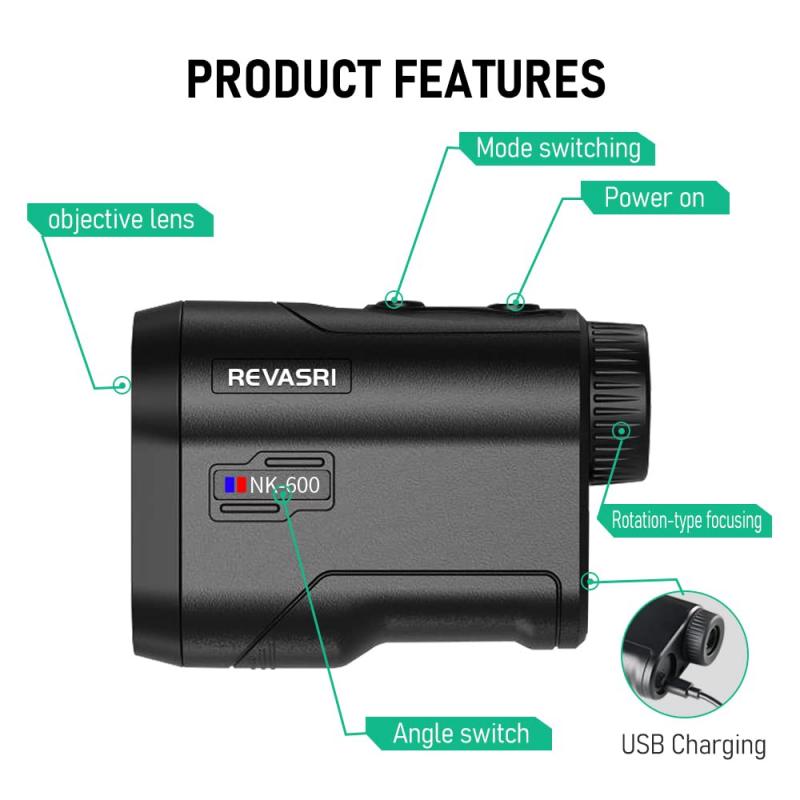
2、 Adjusting your scope for accurate rangefinding
Adjusting your scope for accurate rangefinding is a crucial skill for any shooter. While there are dedicated rangefinders available in the market, utilizing your scope as a rangefinder can be a cost-effective alternative. However, it is important to note that this method may not be as precise as using a dedicated rangefinder, especially at longer distances.
To use your scope as a rangefinder, you need to understand the concept of angular measurement. By knowing the size of an object in your scope's field of view, you can estimate the distance to that object. This estimation is based on the assumption that the object's size is known or can be estimated accurately.
To begin, you need to calibrate your scope. This involves adjusting the magnification settings to match the known size of a target at a specific distance. By doing so, you can create a reference point for future rangefinding calculations.
Once your scope is calibrated, you can use the mil-dot reticle or other similar features to estimate the size of the target in your scope. By comparing the target's size to the reference point, you can then calculate the distance to the target using a formula or a rangefinding chart specific to your scope.
It is important to practice this method extensively to improve your accuracy. Factors such as atmospheric conditions, target size estimation, and shooter's skill can affect the precision of your rangefinding. Therefore, it is recommended to cross-verify your estimations with other methods or tools whenever possible.
While using your scope as a rangefinder can be a useful skill, it is worth considering investing in a dedicated rangefinder for more accurate and reliable distance measurements. These devices utilize advanced technology such as laser rangefinding, which provides precise distance readings even in challenging conditions.
In conclusion, adjusting your scope for accurate rangefinding involves calibrating your scope, estimating target size, and using a formula or chart to calculate the distance. While this method can be effective, it may not be as precise as using a dedicated rangefinder. Therefore, it is essential to practice and cross-verify your estimations for improved accuracy.
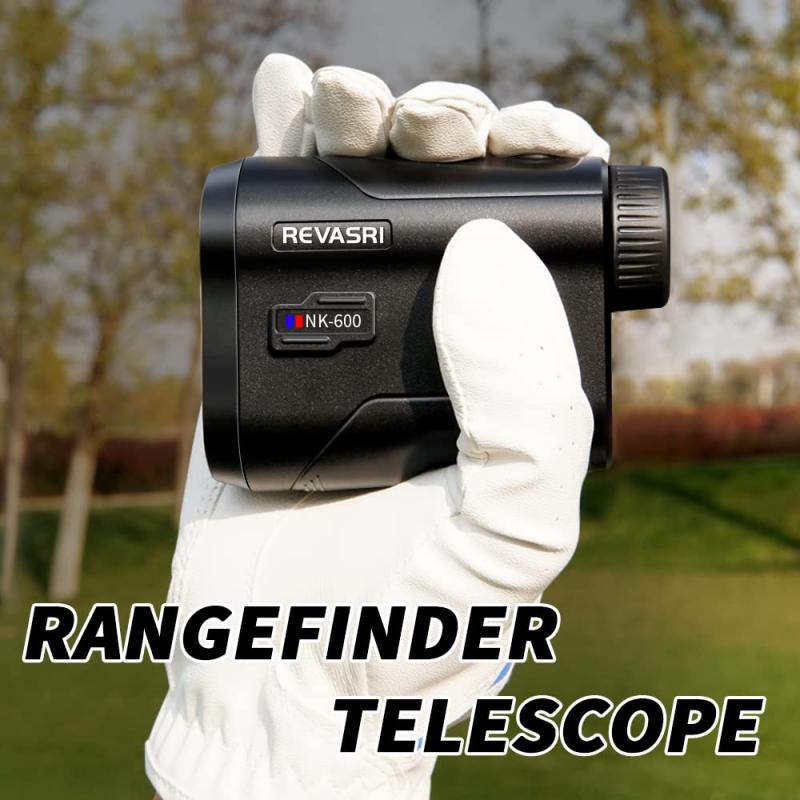
3、 Estimating distance using your scope's reticle
Estimating distance using your scope's reticle is a valuable skill for hunters, shooters, and outdoor enthusiasts. While it may not be as accurate as a dedicated rangefinder, it can still provide a good estimate of the distance to your target.
To use your scope as a rangefinder, you need to understand the concept of the reticle's subtensions. Subtensions are the markings on the reticle that represent a known measurement at a specific distance. These measurements can be used to estimate the size of your target and, subsequently, its distance.
Start by knowing the size of your target. For example, if you know the average size of a deer's chest is 18 inches, you can use that information to estimate the distance. Align the target's chest with the appropriate subtension on your reticle. If the target's chest fits perfectly between two markings, you can estimate the distance based on the known subtension measurement.
It's important to note that subtensions can vary between different scopes and reticle designs. Therefore, it's crucial to consult your scope's manual or manufacturer's website to determine the subtension measurements for your specific reticle.
While using your scope as a rangefinder can be effective, it's worth mentioning that dedicated rangefinders offer greater accuracy and convenience. They use laser technology to provide precise distance measurements, eliminating the need for estimation. However, in situations where a rangefinder is not available or practical, using your scope's reticle as a rangefinder can be a useful alternative.
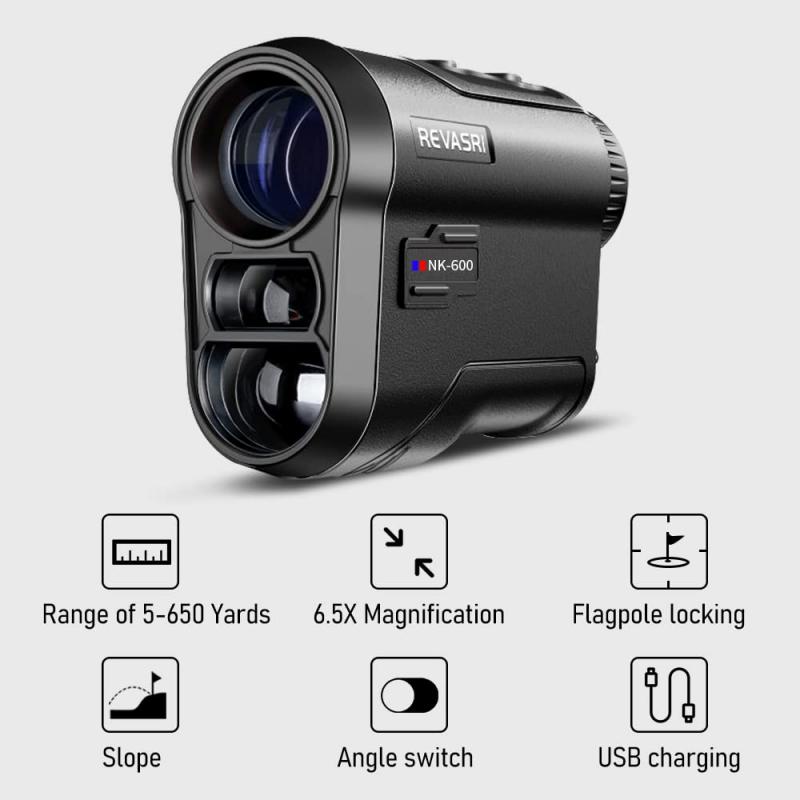
4、 Utilizing rangefinding reticles for precise measurements
Utilizing rangefinding reticles for precise measurements has become increasingly popular among hunters, shooters, and outdoor enthusiasts. These reticles, commonly found in scopes, allow users to estimate the distance to a target accurately. While traditional rangefinders are still widely used, the integration of rangefinding capabilities into scopes offers a more streamlined and efficient solution.
To use your scope as a rangefinder, start by familiarizing yourself with the reticle's design. Rangefinding reticles typically feature a series of hash marks or dots that correspond to known measurements at specific distances. By comparing the size of the target with the reticle's markings, you can estimate the distance accurately.
To make precise measurements, it is crucial to know the size of your target. For example, if you are hunting deer, understanding the average height of a deer can help you determine the distance more accurately. Additionally, environmental factors such as wind, lighting conditions, and terrain should be taken into account, as they can affect the perceived size of the target.
It is important to note that using a scope as a rangefinder requires practice and calibration. Spending time at the range and experimenting with different distances will help you become more proficient in estimating distances using your reticle. Additionally, some scopes offer adjustable magnification, which can further enhance your rangefinding capabilities.
While traditional rangefinders remain a reliable option, utilizing rangefinding reticles in scopes offers a convenient and efficient alternative. With advancements in technology, scopes are becoming increasingly accurate and user-friendly, providing hunters and shooters with a versatile tool for precise measurements in the field.




